A star is born
by Allison Knopp
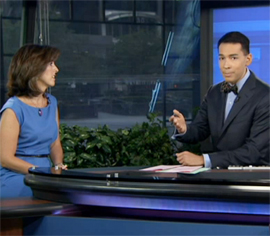 I am pleased to introduce Theresa Forthofer, the President and CEO here at Easter Seals DuPage and the Fox Valley Region, as a guest blogger today.
I am pleased to introduce Theresa Forthofer, the President and CEO here at Easter Seals DuPage and the Fox Valley Region, as a guest blogger today.
My 15 minutes of fame
by Theresa Forthofer
Last week I had the honor and pleasure of making a guest appearance on NBC 5 Chicago to discuss development milestones in young children and Make the First Five Count. I was thrilled to be able to share this important information, but believe me, I was nervous!
They expected us at the studio at 6:00 a.m., and I am not a morning person — ask my husband! We were escorted in, and while we waited until our segment started we could watch the broadcast on a TV in the waiting area. Kristen Barnfield (the Assistant Vice President of Public Relations at Easter Seals Headquarters), Allison Knopp (Public Relations & Marketing Associate at Easter Seals DuPage and the Fox Valley Region) and I were so excited to see anchorman Stefan Holt and meteorologist Andy Avalos wearing our snappy Make the First Five Count bow ties. We would each let out a little cheer each time one of them motioned toward their neck!
Allison could not get off her phone making sure everyone in the Twittersphere knew that our message was being aired. She was busy interacting with the anchors as well: Daniella Guzman even tweeted a photo of Stefan at the desk with his tie on!
After I got my microphone on I was led back to the studio to meet Stefan and Daniella. They were so personable and seemed to truly care about getting our information out to the public. They made me feel so welcome and as comfortable as I could feel, considering it was my first time on live TV.
During the three-minute segment I was able to educate parents regarding the signs they should look for in their children to detect a developmental delay. We discussed looking for unusual characteristics in the child’s communication, thinking and reasoning, senses, emotions or the way they move. I informed parents that whether or not they have concerns, everyone should take our Ages and Stages Questionnaire because more than a million children enter kindergarten not prepared to keep up with their peers. It was also mentioned that our new Autism Diagnostic Clinic is a great way for parents to get answers if they are concerned that their child may have autism or another developmental delay.
Overall, it was a fantastic experience, and once I started breathing, I actually had fun! I am so happy to have been able to act as a spokesperson for such an important campaign. Thanks, NBC 5!







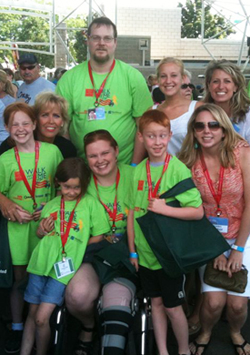
 I’m afraid a lot of people think of the
I’m afraid a lot of people think of the 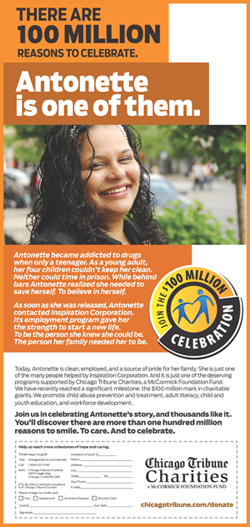 We often see Easter Seals in the news, but it’s not every day one of our own staffers snags a full-page color ad in the Chicago Tribune!
We often see Easter Seals in the news, but it’s not every day one of our own staffers snags a full-page color ad in the Chicago Tribune!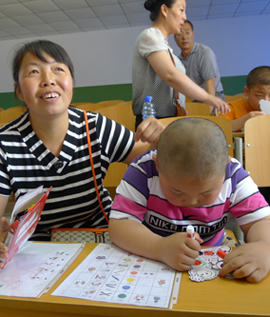
 I really enjoyed the post Sara Croft (Social Media and Events Coordinator at
I really enjoyed the post Sara Croft (Social Media and Events Coordinator at 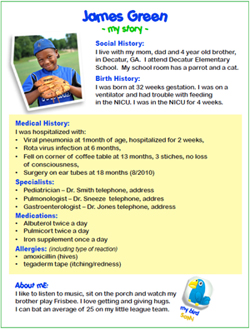 Communication with your child’s healthcare provider is pivotal for ensuring your child receives optimum care. This is particularly important for children with disabilities.
Communication with your child’s healthcare provider is pivotal for ensuring your child receives optimum care. This is particularly important for children with disabilities. Without being able to drive, I’ve always thought that blind people who use guide dogs — especially those of us who live in big cities — must walk more than the average person does. Now I have a chance to prove it!
Without being able to drive, I’ve always thought that blind people who use guide dogs — especially those of us who live in big cities — must walk more than the average person does. Now I have a chance to prove it!